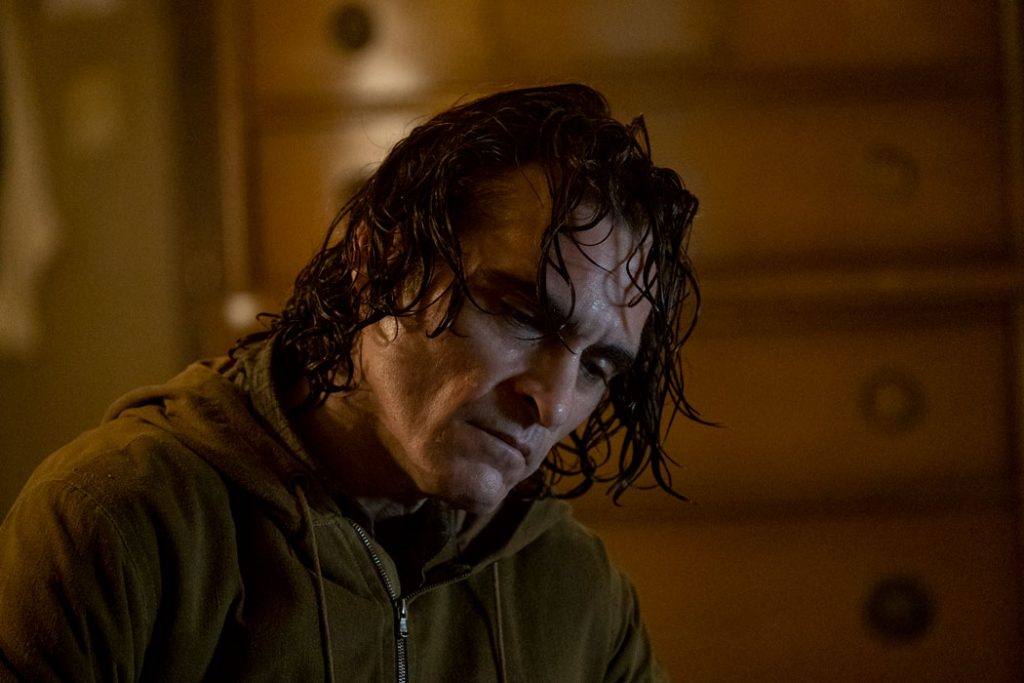Traditionally, there are more characters in the clownery art than just the image of a clumsy clown with a red nose (from the French tradition – Auguste), to which we have been accustomed by pop culture (this image is of course redrawn in many ways, but even in the bloody grotesque of trashy horror films we can find references to the original). Most often he adopts the role of anarchist, joker or fool. Apart from that appears a white clown, referred as a sad clown, with much more sophisticated character, controlling and manipulating his red colleague and contra-auguste, acting as a mediator between the red and white clown.
Relations between clowns are also a reflection of class tensions. Red belongs to the lower class, his outfit is completely mismatched[1] – too big shoes, ill-fitting hat, etc. White obviously represents the upper class and contra-auguste the middle. The red clown carries out the orders of the White – given to him through the mediator. Depending on the variant, his clumsiness results from the inability to perform the undertaken task, from intentional actions against the White or from internal confusion – misunderstanding the purpose, general disorientation in space, etc. Even in the latter case, the red clown uses some kind of intuitive cunning.
It is impossible not to succumb to the impression that these three clowns resemble the relationship between id (impulsive Red and his physical reactions – corporeality, movement, or reflex activity), superego (moral values, suppression of id’s impulses, persuading ego) and ego (proper self, mediating between conflicted id and superego). In the classic work from 1914, On Narcissism: An Introduction[2], Freud went so far as to actually compare the ego to the circus clown. More precisely, he tells about a situation in which the ego undergoes changes related to age or mental dysfunctions. I note that this is Freud’s early work in which the theory was just sprouting. The ideal ego[3] – a child who is a model for himself – is broken here by critical parents, just as the clownery is broken by viewers-exposers.
The winner of this year’s Venice Festival, Todd Phillips’ Joker is a film in which the unnaturally prolonged exposition of the characters serves not only to learn their motivations, deepen the history of one of the most recognizable villains of pop culture and to strongly outline the tensions arising from extreme class differences, but also is a report of a psychiatrist, allowing us to look into the head of a psychopath.
In the film, we can dig through many, many levels – I assume that this is because of the script, loosely modeled on the fantastic graphic novel by Alan Moore, Batman: the Killing Joke (Moore managed to teach us before that nothing is black and white and his characters always have complicated motivations). Firstly, we can follow the path that Phillips deliberately leaves for us, i.e. the deconstruction of character of the comedian as such. Being funny is extremely difficult, especially in the world of conventionalized show business, which is governed by its elitist laws. Each comedian, it seems, has his darker side – and laughter acts as a kind of defense mechanism against what is inside (uncontrollable attacks of laughter by Arthur-Joker sensationally created by Joaquin Phoenix)[4].
Arthur is forcefully urging himself to enter the stand-up environment, believing in delusional notion that he is predestined to be a comedian. Willingly or unwillingly he breaks the convention (even doing a simple set something does not go well for him for one reason or another) and slowly begins to oppose the system that produced it.
Secondly, it is worth noting how Arthur’s makeup, costume and behavior change – my lengthy introduction will prove useful, I promise. At the very beginning of the film, we see him in a costume referring to the red, cheerful clown, Auguste. In sacky pants, canoe-like shoes, etc. This is also a situation where the hero has strong self-control – he goes to social center for a therapy, takes medicine, has a poor job, but it allows him to make ends meet and take care of his mother (who also has some problems).
The situation begins to change when the social center in which Arthur receives help is closed due to cuts in city funding. A family secret is also revealed which directs the future Joker to Thomas Wayne, an upper class candidate for mayor of Gotham. The image of Arthur slowly begins to resemble a white clown at the moment when the hero loses control.
This reversal makes sense (superego is wild like id here) if we read the hero’s illness as an ego dysfunction. As long as the system (including the social one) more or less works, the rules imposed by systemic education fulfill the function of a superego. When this order is broken, it is replaced by Arthur’s individual image of the world and his own morality – the morality of a boy living in a black and white dualistic reality. It is like deleting all education and the impact of society on self-control. Superego is completely changed.
The ego, which is not fully formed, is completely transformed into the Joker as we know him – into a psychopath. The problem is that Phoenix’s performance allows us to sympathize with the hero who – in the eyes of the viewer – has a good point. He was left alone by the system. And abandoned he can’t help himself. Also, the more dysfunctional the hero, the more chaotic the city is. But just as Arthur’s condition did not come out of nowhere (boyish ego stopped in development due to the lack of a father’s figure, domestic violence and a disastrous economic situation), so the city’s dysfunction did not come from nowhere (garbage collector’s strike, piles of rubbish on the streets, a huge gap between the rich elite blind to the needs of the citizens and the poorest). Just as Arthur lacks a healthy ego, the city lacks contra-auguste, who would stand as economic step and mediator between the two extremes.
In this sense, you may wonder whether Joker is just a warning against blind consumption, the deadly pursuit for wealth, ignoring the basic needs of people, etc., or the glorification of violence. The “joke” that Arthur – who became a Joker in the meantime – shares on the vision perfectly captures this uncertainty: “What do you get when you cross a mentally ill loner with a society that abandons him and treats him like trash? (…) You get what you fuckin’ deserve!”.
Thirdly, Arthur-Joker is a hurt person: by his mother, by his father who abandoned him, by a system that increasingly ignores his mental condition, his illness, his economic situation, his broken dreams. In this way, Joker becomes an extreme voice of the frustrated. The film effectively draws attention to the fact that social assistance, social issues, and elementary respect for others should be part of a state that will not damp its responsibilities on private sector. Watching Joker I wondered how much the modern world (the United States, but not only) begins to resemble the dark Gotham and how many Jokers have already been produced. After all, the products of the capitalist system are not only heroes and villains, but also those in needs, mental illness and social inequalities.
Finally, it is worth noting the very positive fact
that the mass viewer is at last getting a movie which balances the
thoughtlessness or dubious ideological value of films about superheroes who
blind viewers’ eyes with dreams of wealth/being the best/faith in the system.
Although Todd Phillips’ Joker can be
considered a morally ambiguous movie, it cannot be deprived of the value of
introducing social themes to multiplex screens.
[1] It is worth recalling the image of the Chaplin’s Tramp, heavily modeled on a red clown.
[2] Freud’s „On Narcissism: An Introduction”,Yale University Press 2012.
[3] In more recent works of Freud, the ego becomes a part of a complex mental apparatus, fulfilling defensive functions against id and superego and aiming at reducing unpleasant sensations.
[4] Now I am falling into something what I call a pop film critique, which I rarely allow myself, but in the case of commercial film I don’t think I have to be so strict with myself. I think we should mention Leslie Nielsen, who had dreamed of playing a dramatic part all his life, or Robin Williams, who had lost his long fight with depression.







